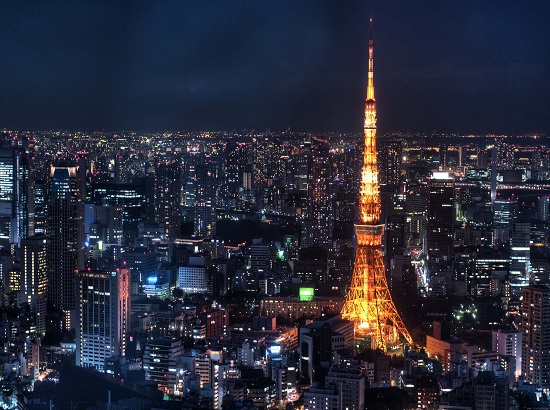Venue & Hospitality

City Highlights
About City
Tokyo, Japan’s busy capital, combines the modernistic and the traditional, from neon-lit skyscrapers to historic sanctuaries. Tokyo , formally Tokyo Metropolis, is the capital city of Japan and one of its 47 prefectures. The mainland share of Tokyo deceits northwest of Tokyo Bay and processes about 90 km (56 mi) east to west and 25 km (16 mi) north to south. The ordinary elevation in Tokyo is 40 m (131 ft). Chiba Prefecture borders it to the east, Yamanashi to the west, Kanagawa to the south, and Saitama to the north. Mainland Tokyo is more partitioned into the distinct wards and the Tama area elongating westwards.
Tokyo has several universities, junior colleges, and vocational schools. Many of Japan's utmost esteemed universities are in Tokyo. There are also a little universities well known for classes conducted in English and for the teaching of the Japanese language. Tokyo is also the headquarters of the United Nations University. Public Secondary schools in Tokyo are run by the Tokyo Metropolitan Government Board of Education and are called "Metropolitan High Schools". Tokyo has many theatres for performing arts. These comprise national and private theatres for traditional customs of Japanese drama. Tokyo similarly hosts modern Japanese and international pop and rock music. Many different fiestas occur all over Tokyo.
Tokyo can't be umpired from the outside, since those imagining earliest monuments will as an alternative be greeted with modern dreariness. The Imperial Palace, still home to the Emperor, shouldn't be unexploited, and the Edo-Tokyo Museum specifies the city's history. Sensoji Temple is the city's ancient, and the Tokyo National Museum grasps the leading gathering of Japanese art in the world. The opulent Meiji Shinto Shrine is known for its towering gate and adjoining woods. The Imperial Palace sits within large public gardens. The city's many museums offer displays ranging from classical art to a remodelled kabuki theatre.
Tokyo, as the center of the Greater Tokyo Area, is Japan's major domestic and international hub for rail, ground, and air transportation. Public transportation within Tokyo is controlled by an extensive system of clean and effectual trains and subways run by a variety of operators, with buses, monorails and trams playing a minor feeder role. There are up to 62 electric train lines and added 900 train stations in Tokyo. Various islands administered by Tokyo have their own airports. Rail is the chief mode of transportation in Tokyo, which has the most widespread urban railway network in the world and an equally wide-ranging network of surface lines.
Venue
Chiba, Japan 286-0221.
/









